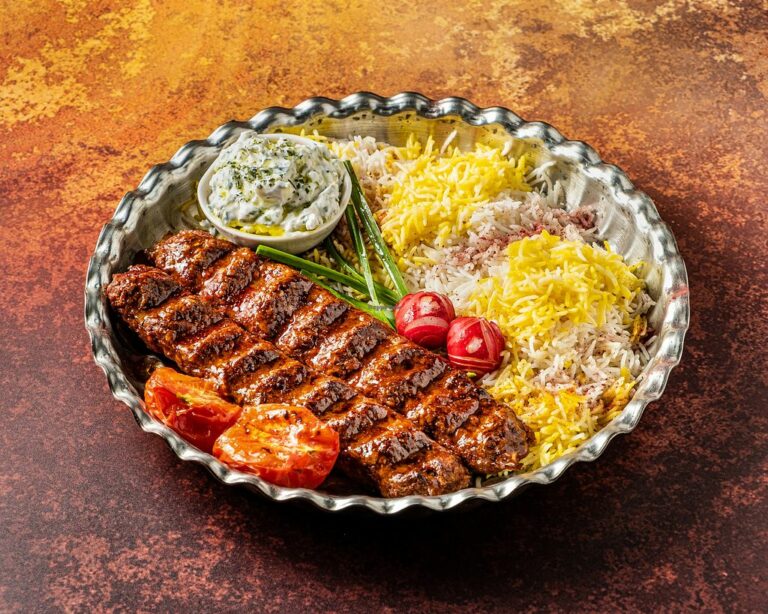Introduction: Iranian Cuisine and Sweets
Iranian cuisine is a fusion of flavors, spices, and textures that reflects the country’s cultural diversity. The cuisine is known for its unique blend of sweet and savory flavors, which is also reflected in its desserts and sweets. Iranian sweets and desserts are an important part of the country’s culinary culture and can be traced back to ancient times.
History of Iranian Sweets and Desserts
Iranian sweets and desserts have a rich history dating back to the Persian Empire. The Persian Empire introduced sugarcane to the world, which became an essential ingredient in Iranian sweets. One of the most popular Persian sweets is “Gaz,” which is made from a combination of pistachios, almonds, and nougat. Other popular Iranian sweets include “Sohan,” a saffron-flavored brittle made from wheat sprouts, sugar, and rose water, and “Pashmak,” a cotton candy-like sweet made from spun sugar and rose water.
Popular Traditional Iranian Sweets
One of the most popular traditional Iranian sweets is “Halva,” a sweet made from sesame paste and sugar. Halva comes in many variations, including plain, saffron, and rose water. Another popular sweet is “Baklava,” which is made from layers of phyllo pastry, nuts, and honey syrup. Baklava is a staple dessert in most Middle Eastern countries and is a common dessert served during Ramadan.
Modern Iranian Desserts and their Ingredients
In recent years, Iranian chefs have started to experiment with modern ingredients and techniques, creating new and exciting desserts. One popular modern dessert is “Sholeh Zard,” a sweet rice pudding flavored with saffron, rose water, and cardamom. Another contemporary dessert is “Chocolate Shirin,” a chocolate cake infused with cardamom and rose water.
Occasions for Serving Iranian Sweets and Desserts
Iranian sweets and desserts are an integral part of Iranian culture and are often served during special occasions such as weddings, birthdays, and religious holidays. During the Persian New Year, known as Norouz, Iranians traditionally serve a sweet called “Samano,” made from germinated wheat, flour, and honey.
Conclusion: A Unique and Rich Sweet Culture
Iranian sweets and desserts are a reflection of the country’s rich cultural heritage. From ancient times to modern-day, Iranian chefs have been creating unique and delicious sweets that have become a staple in Middle Eastern cuisine. With a mix of traditional and modern ingredients and techniques, Iranian sweets and desserts are sure to satisfy any sweet tooth.

